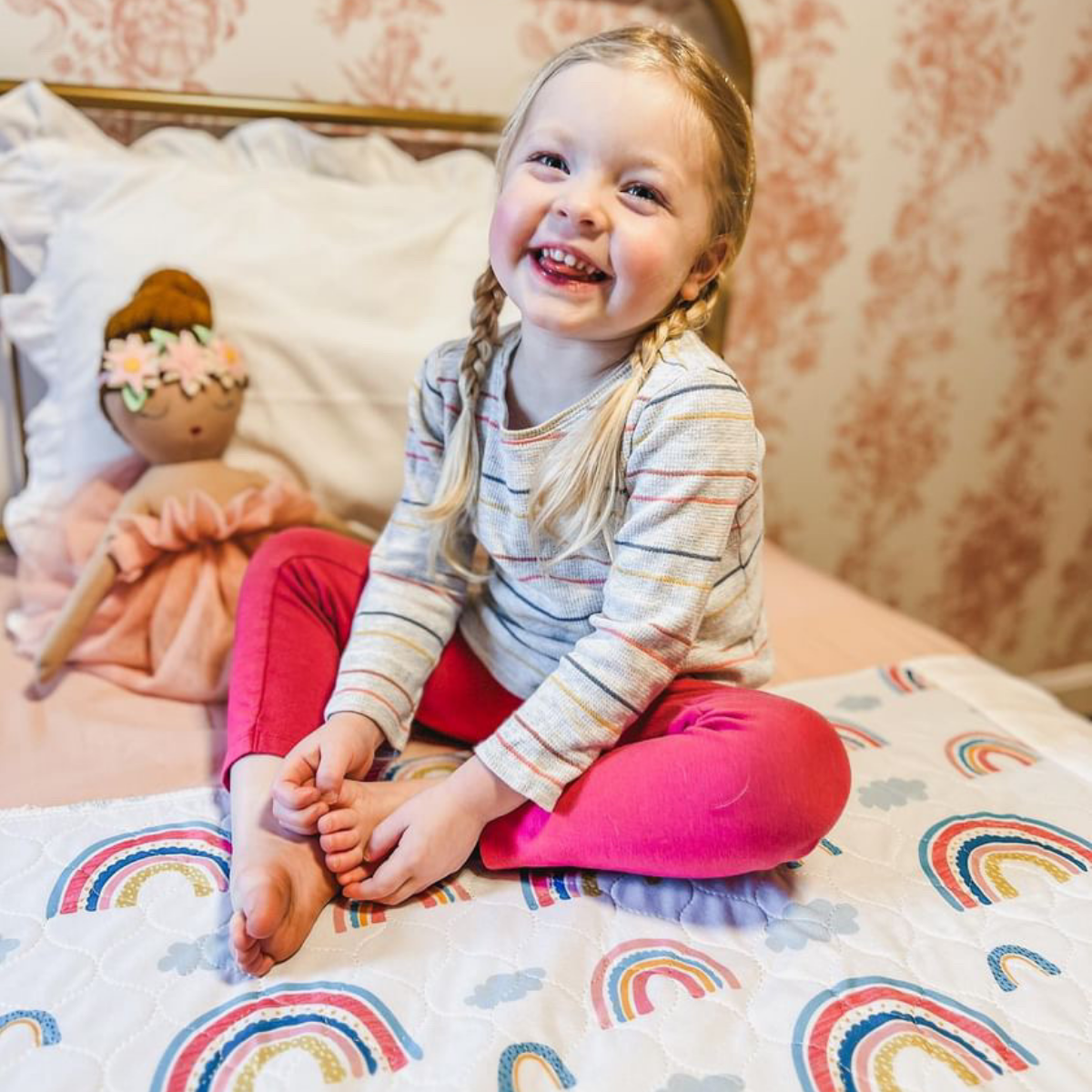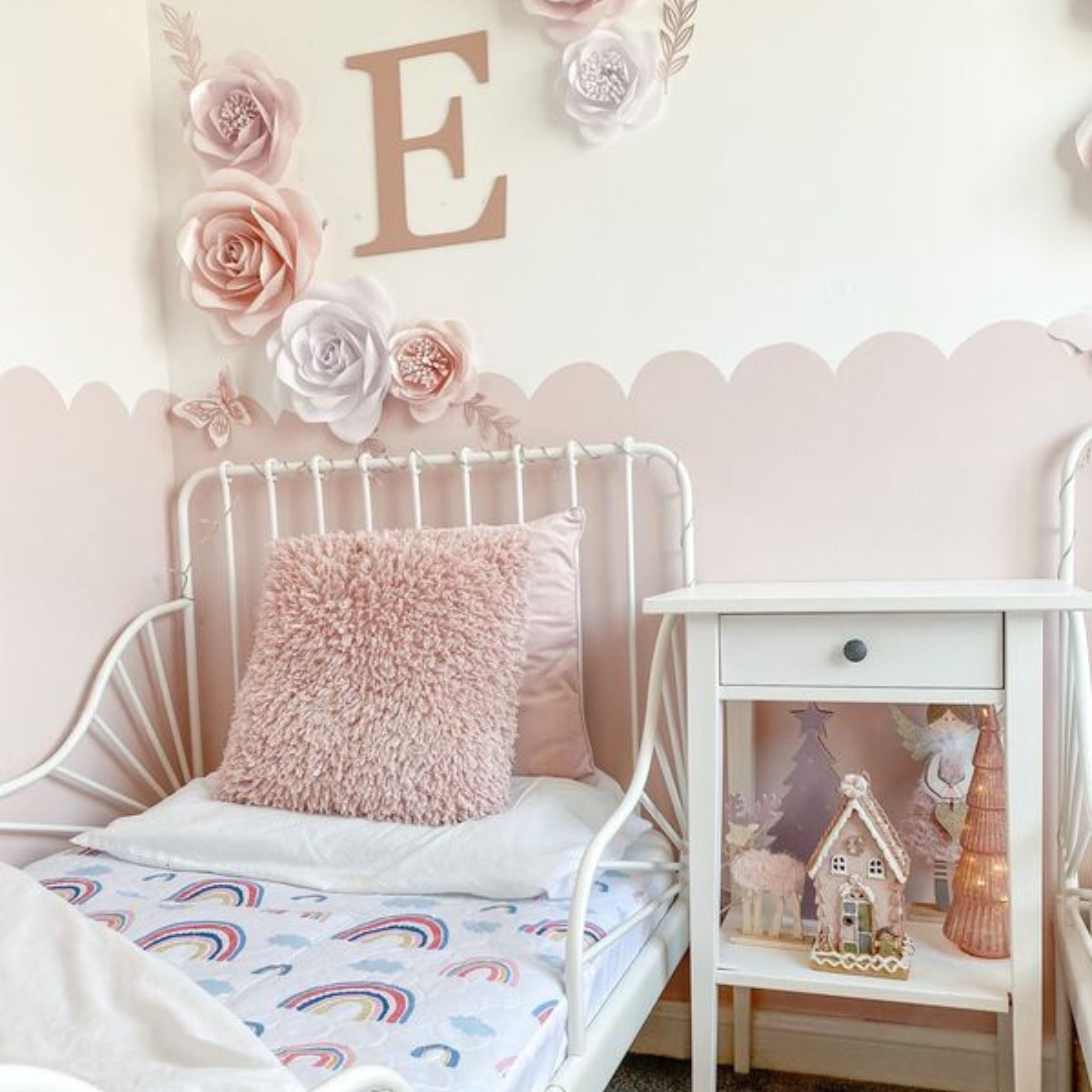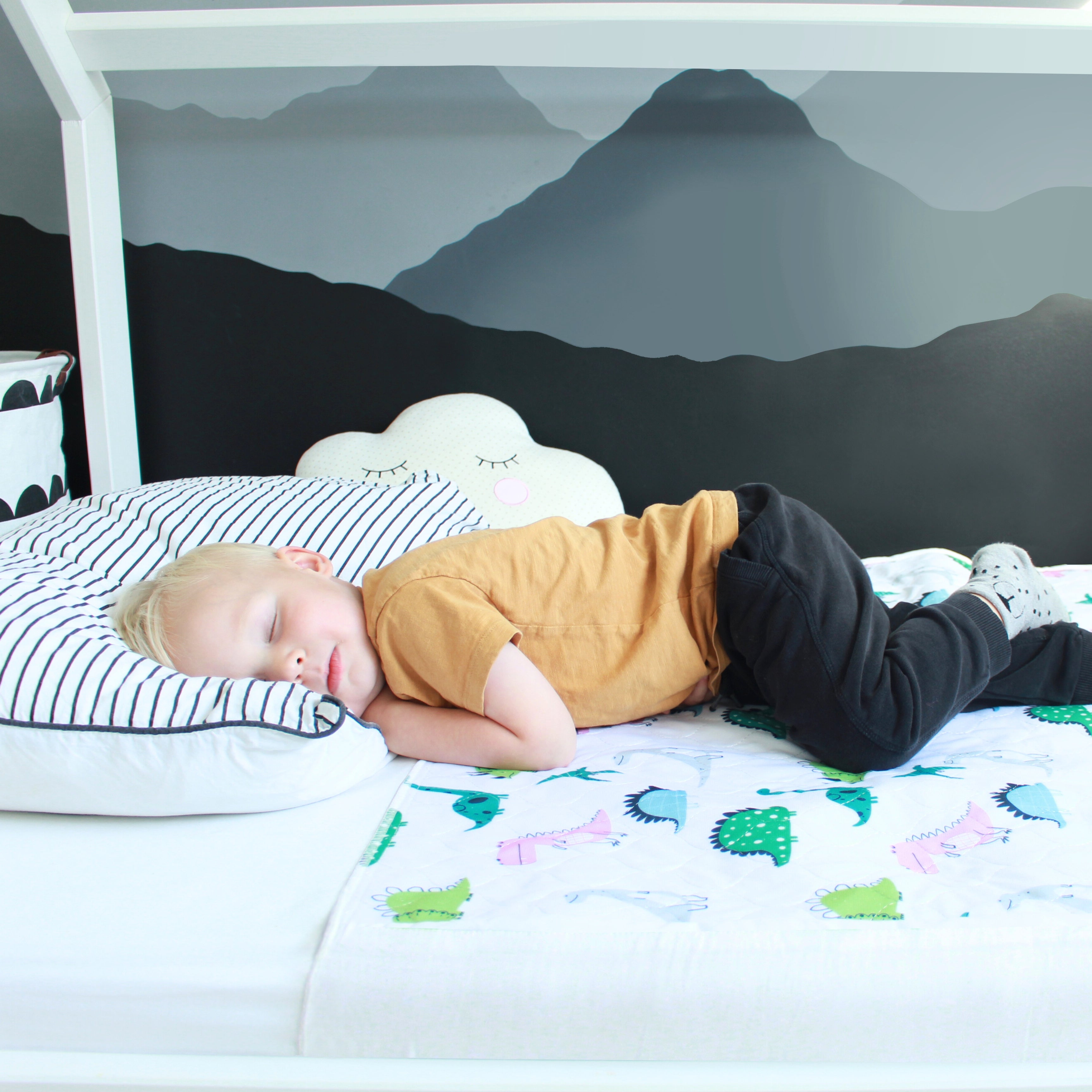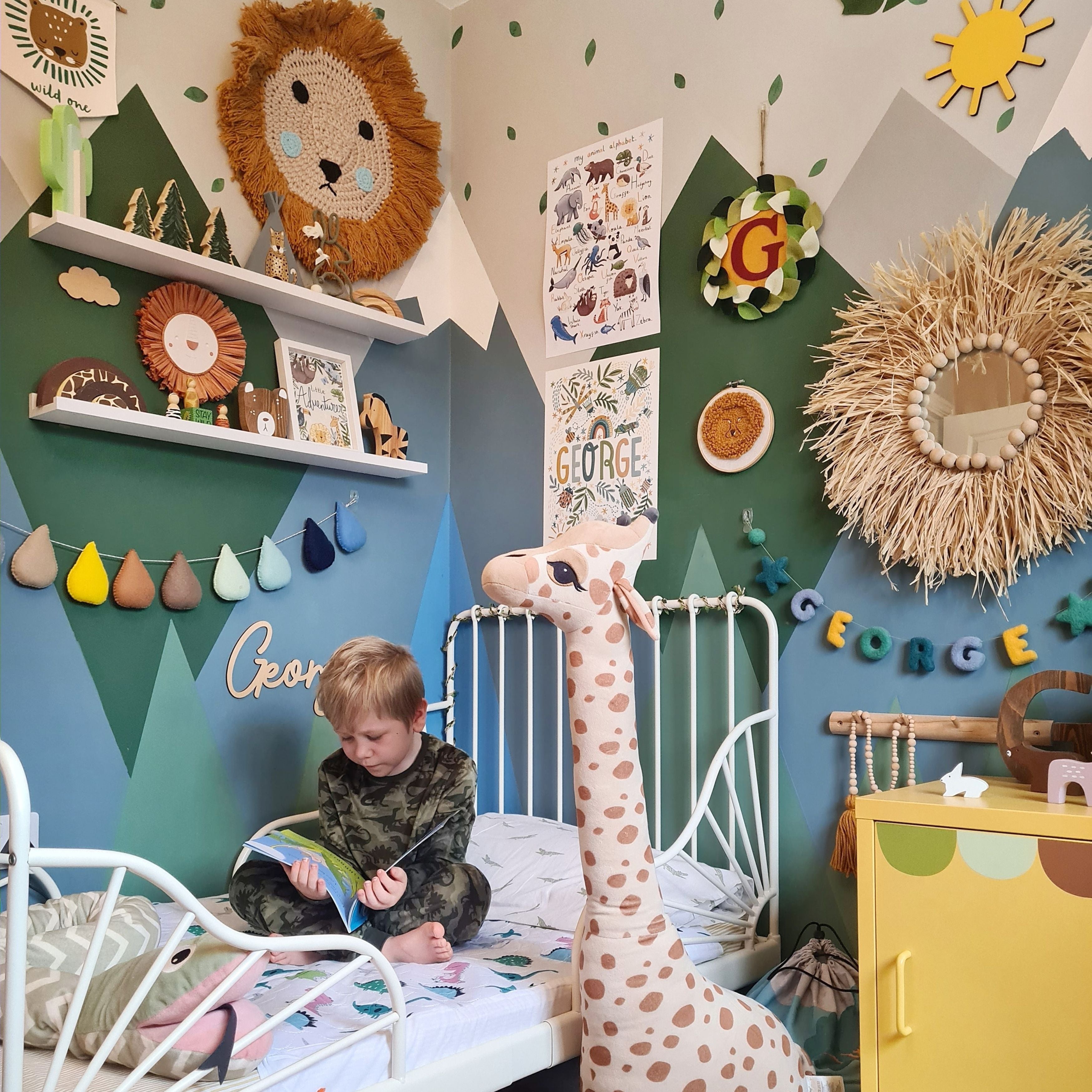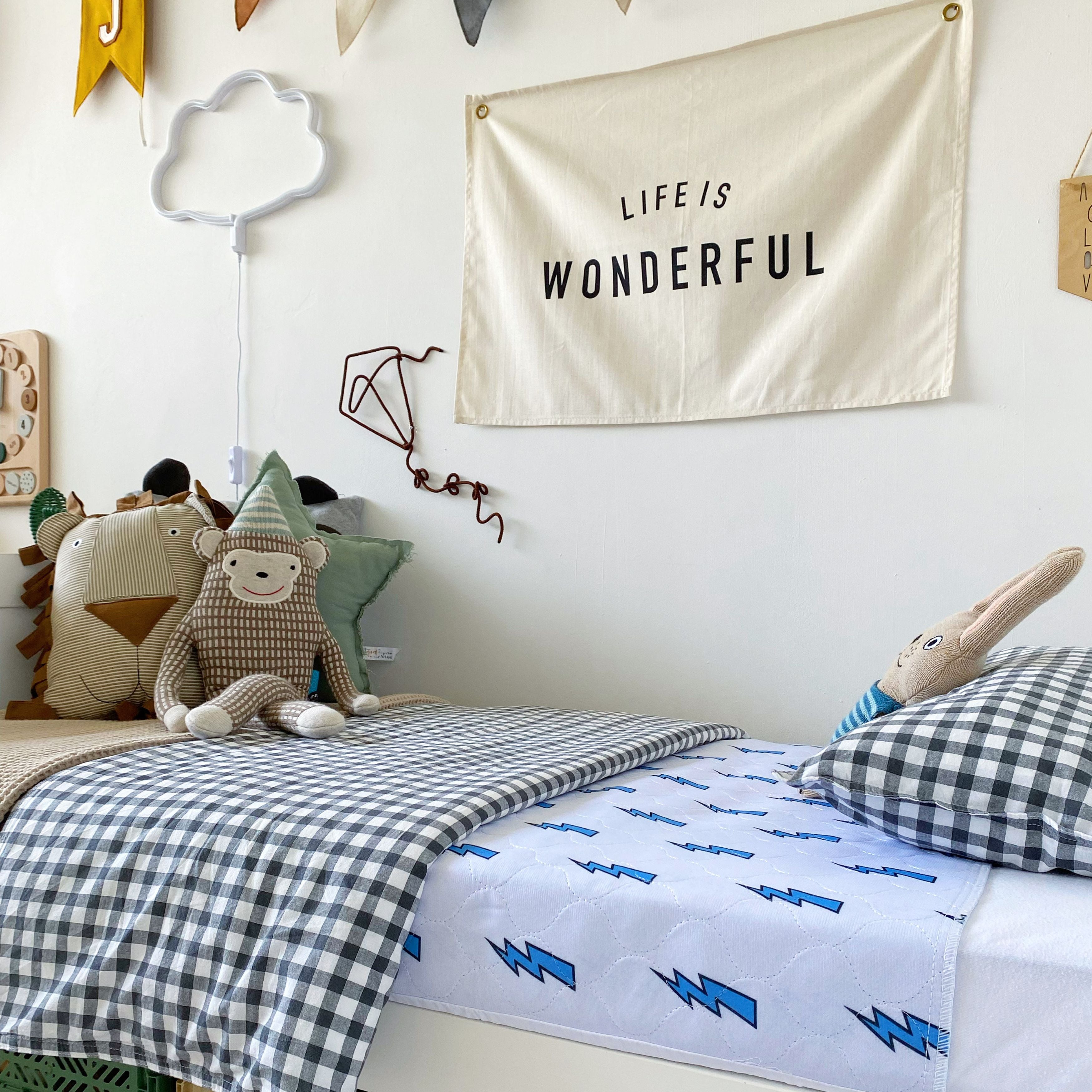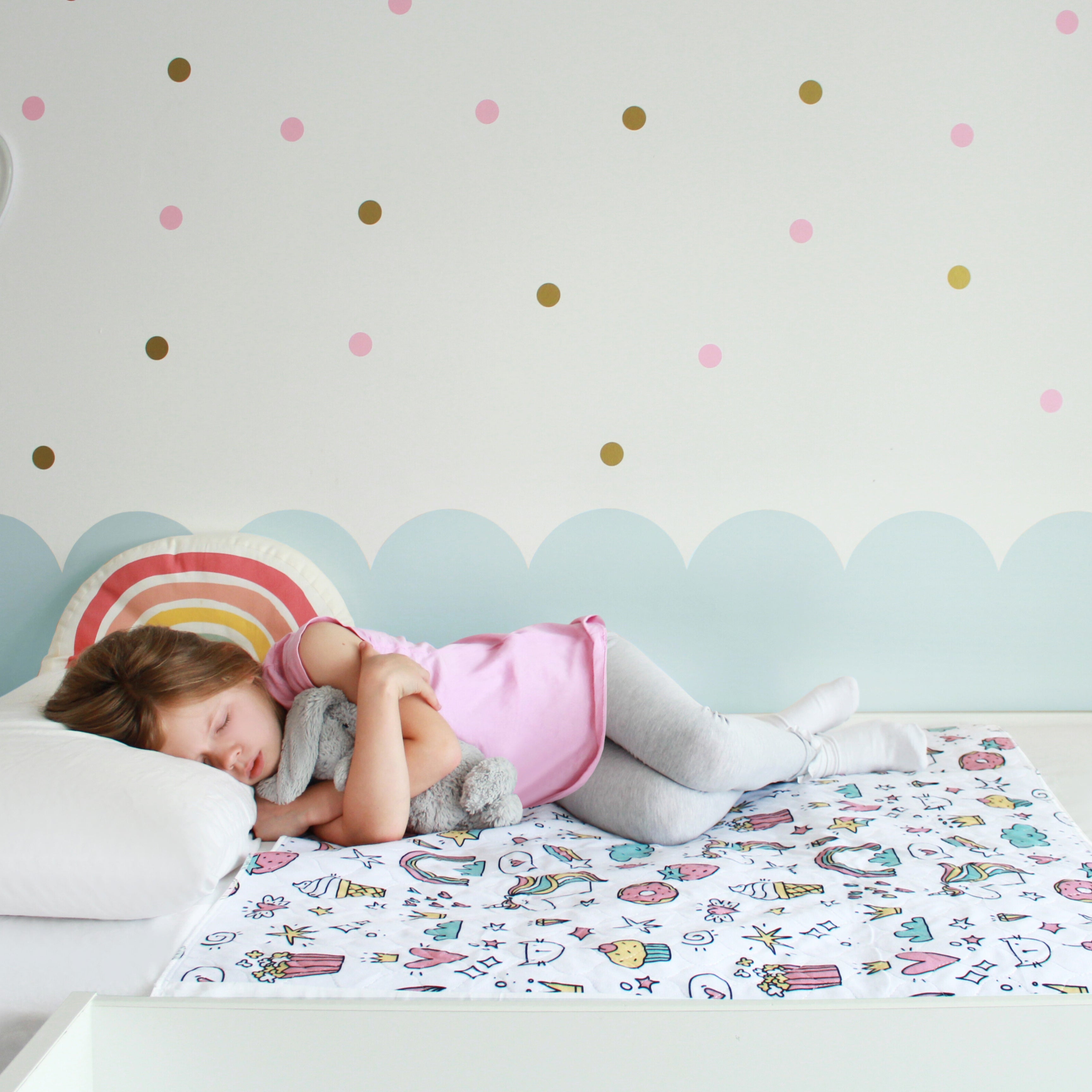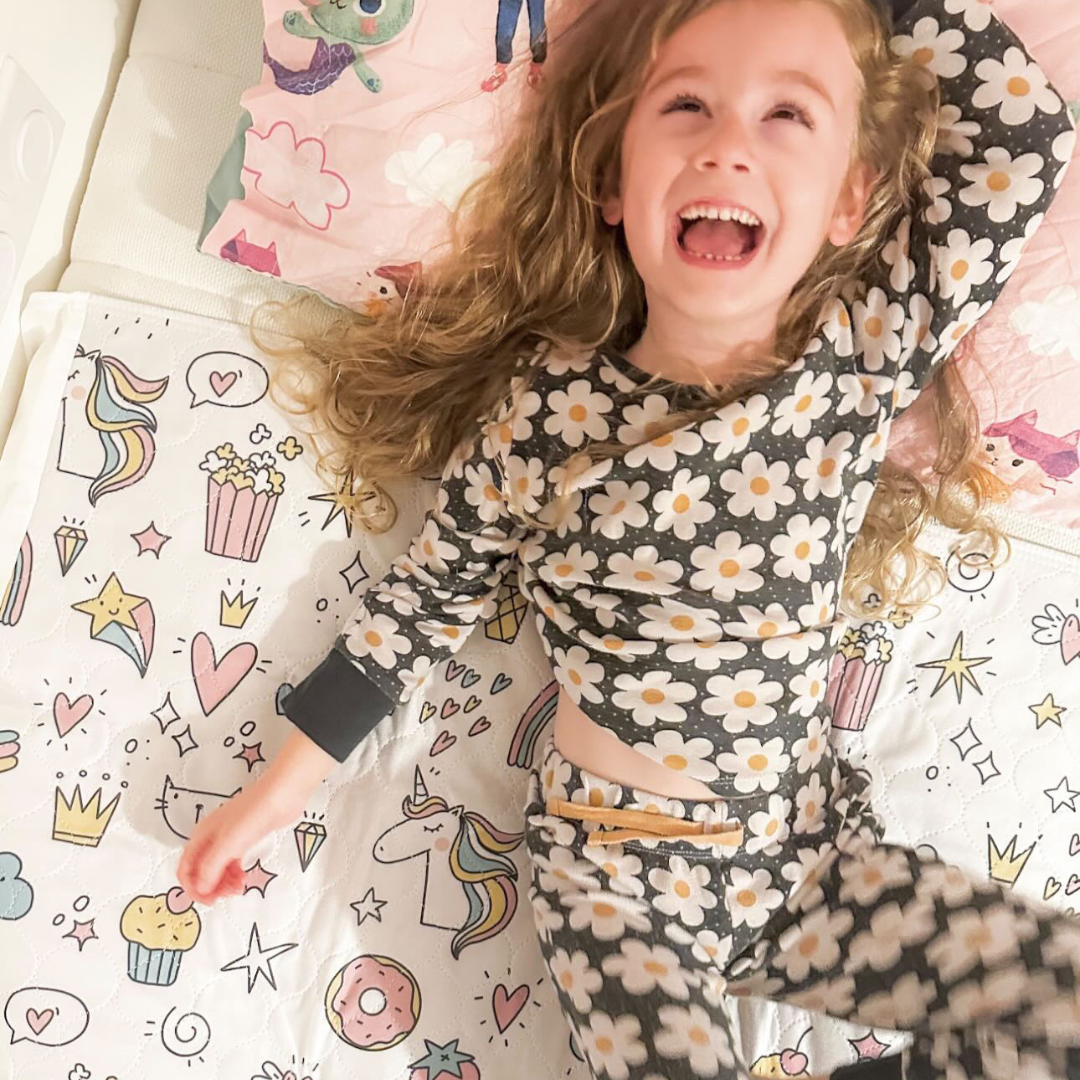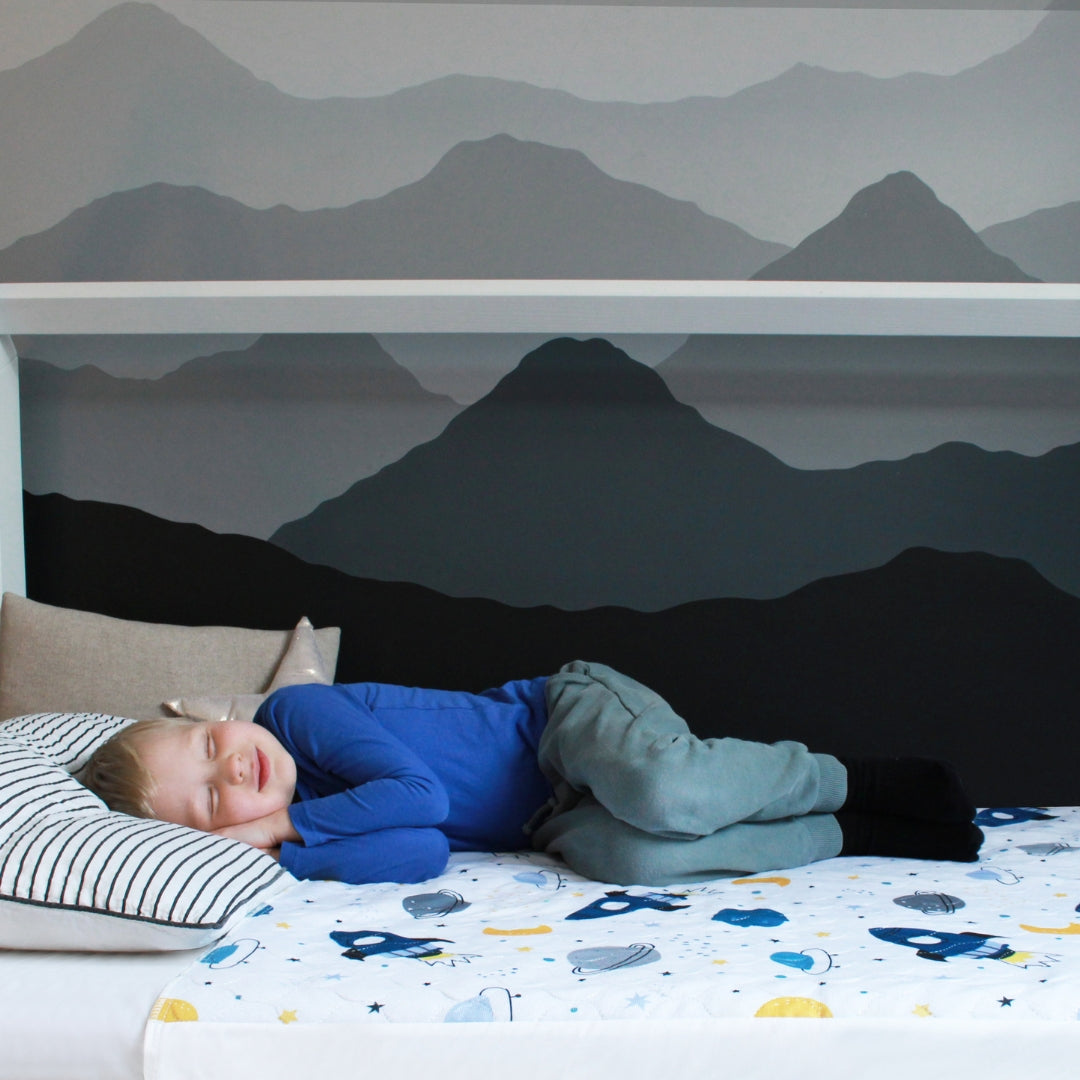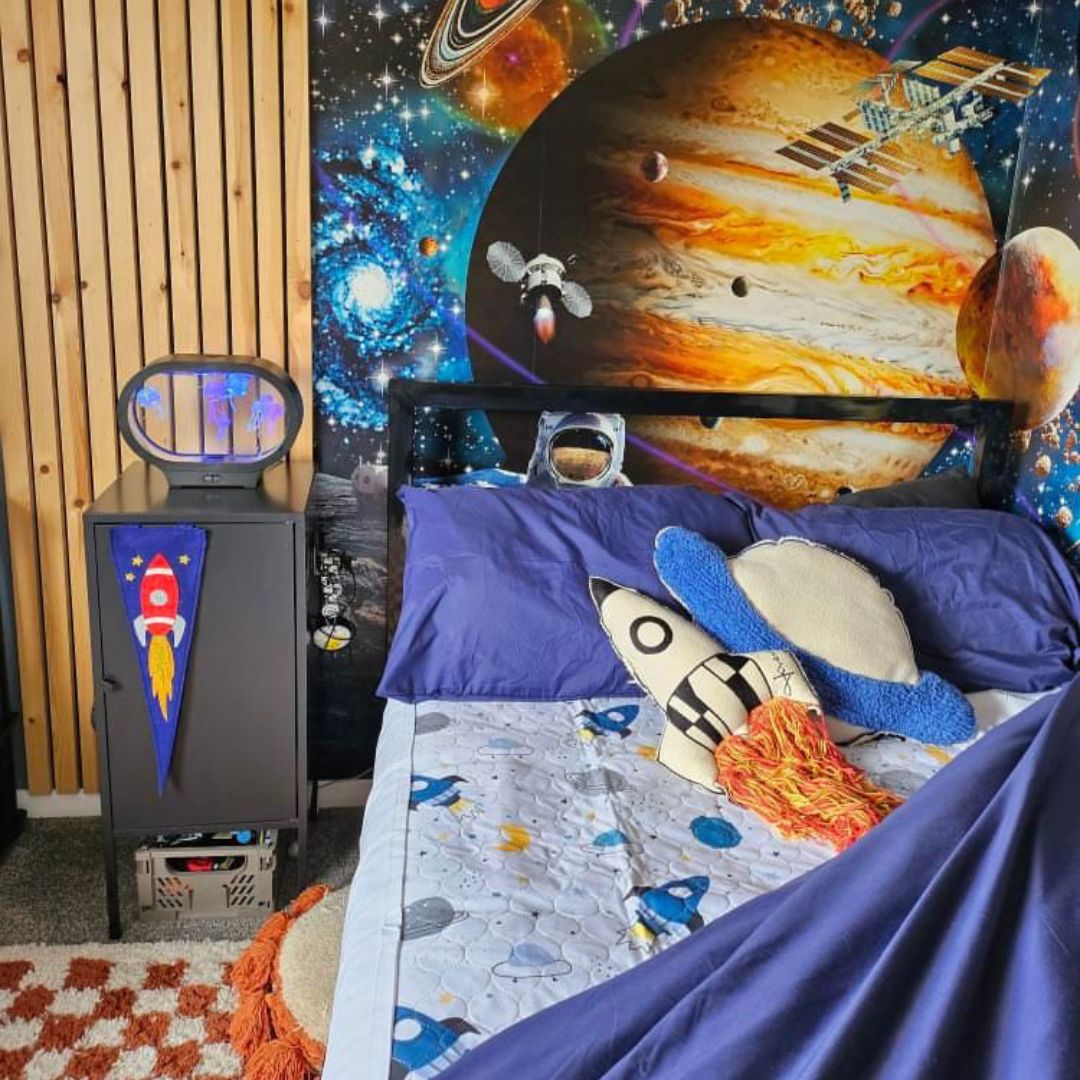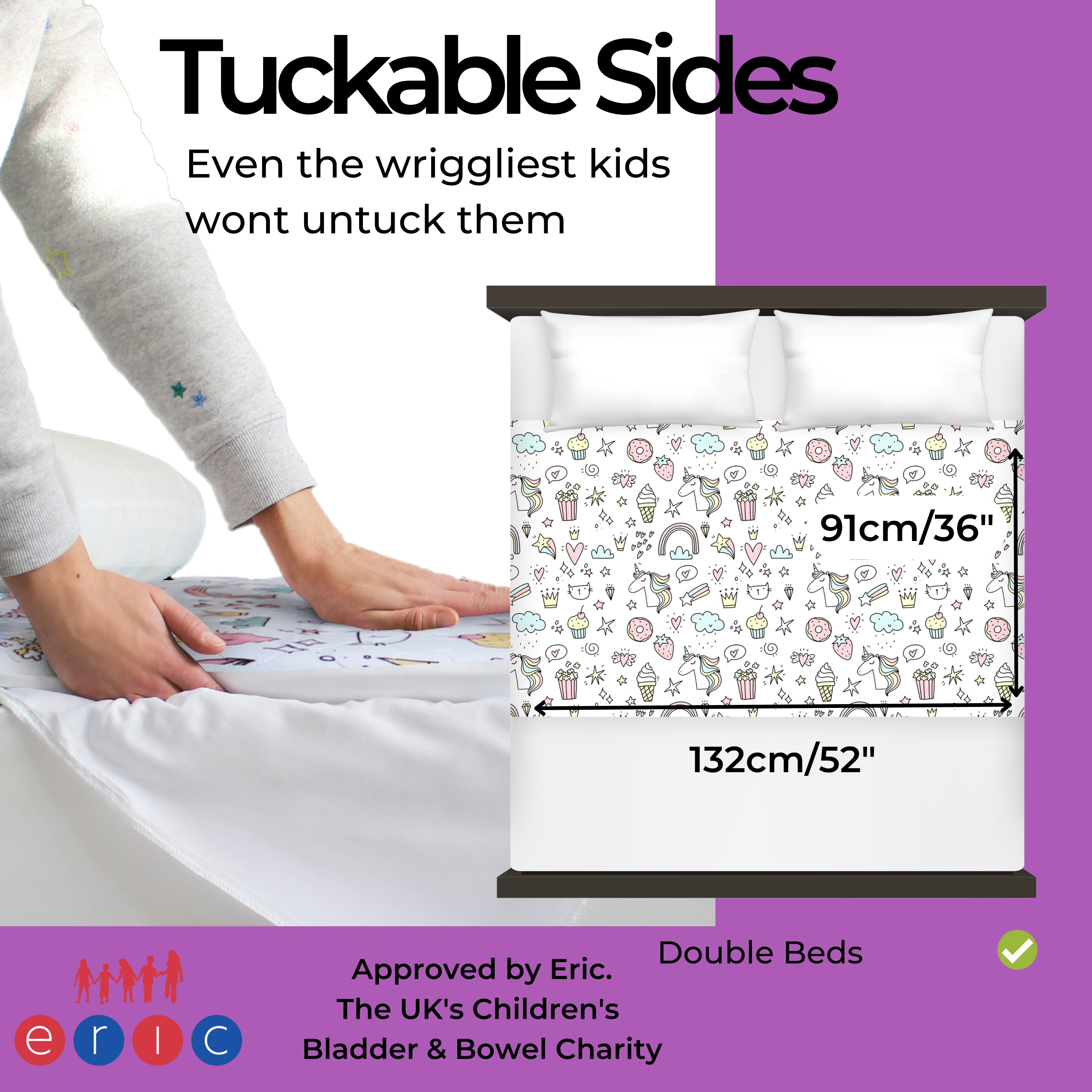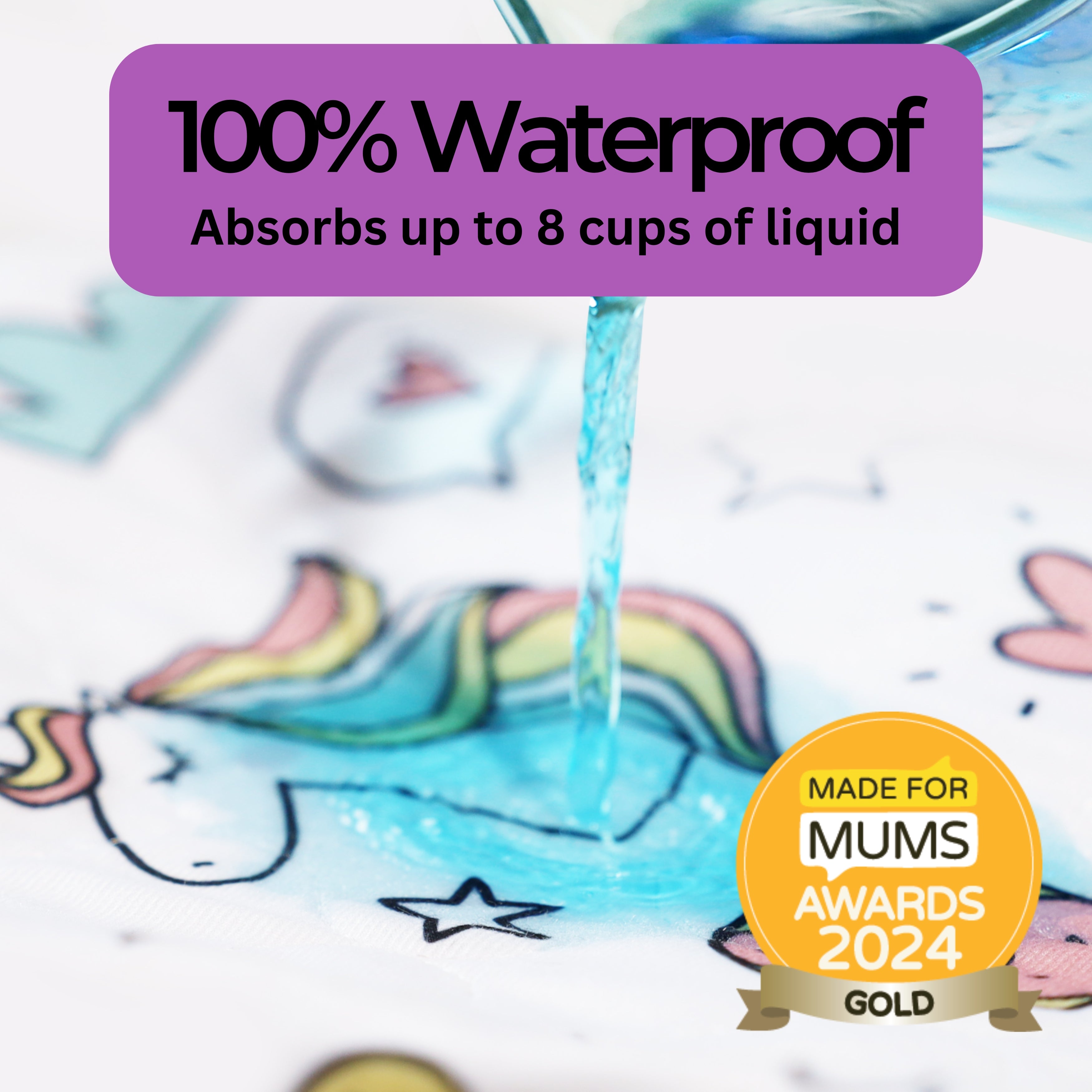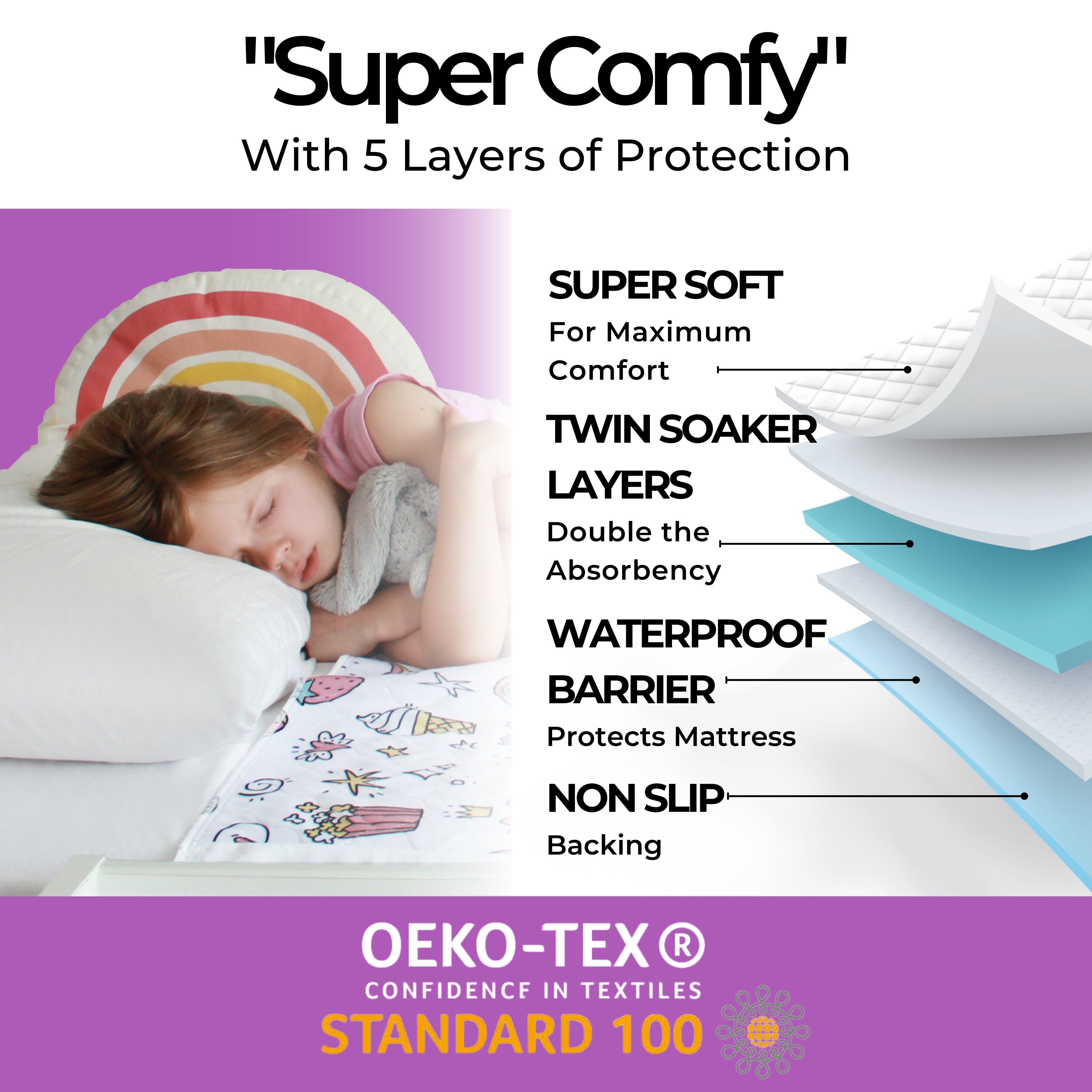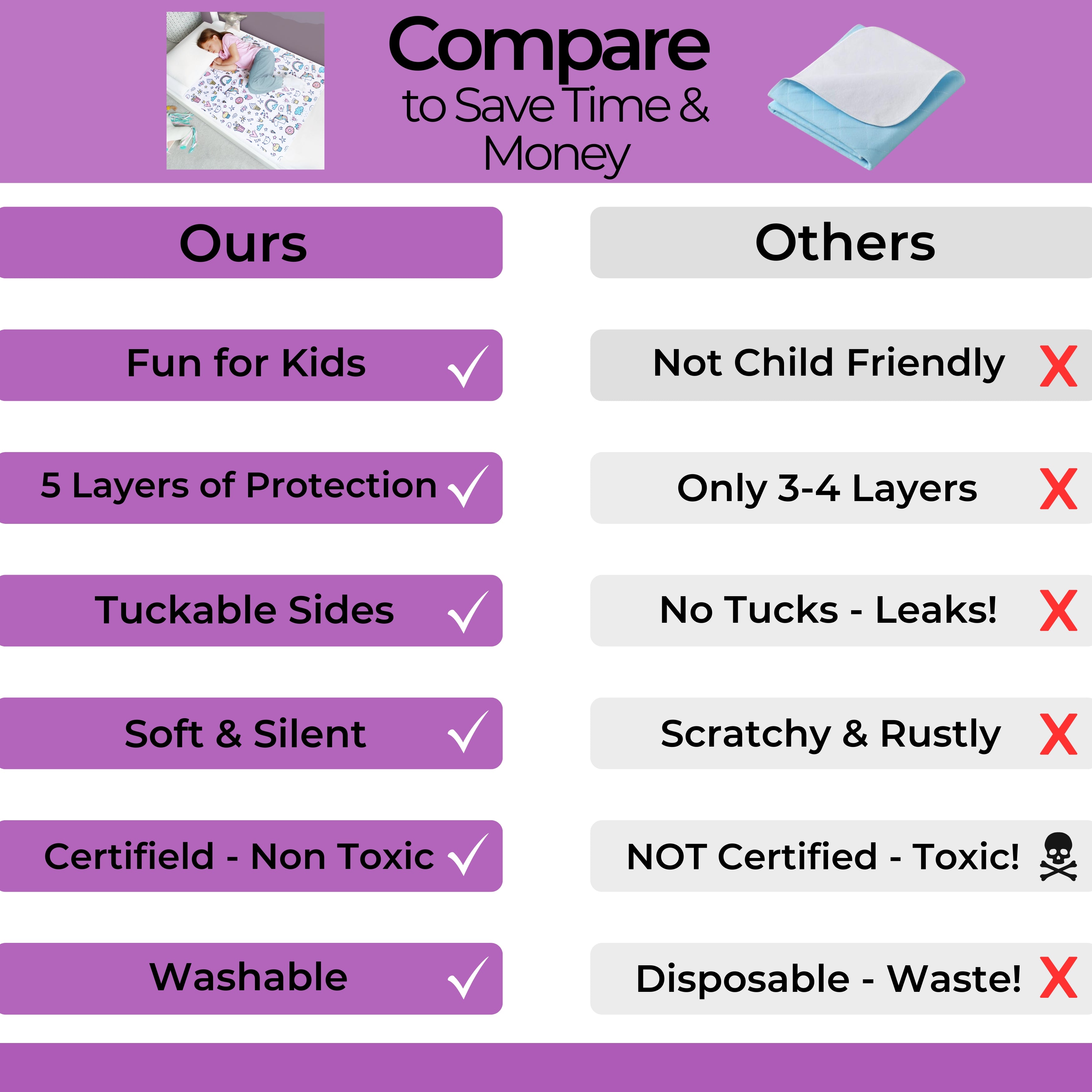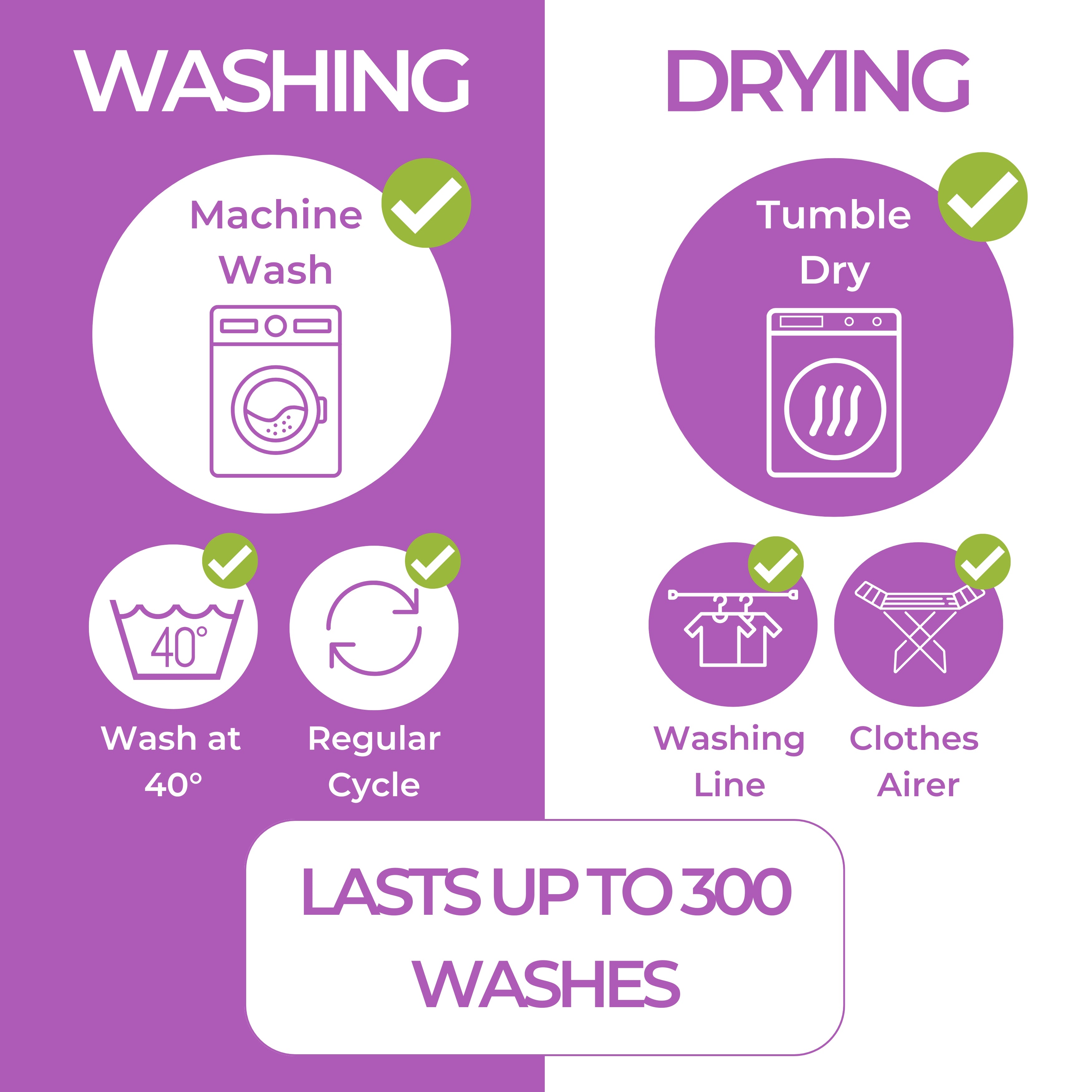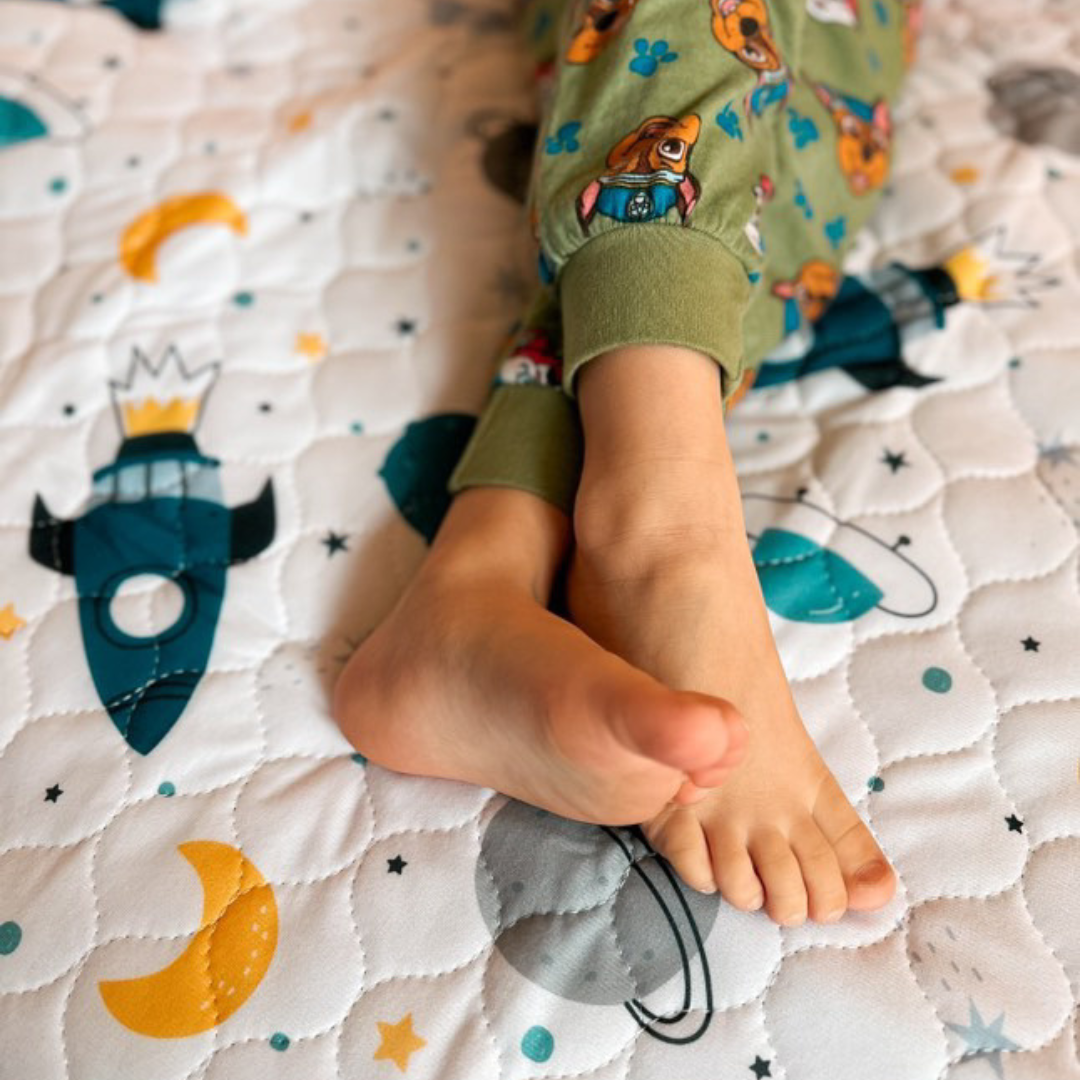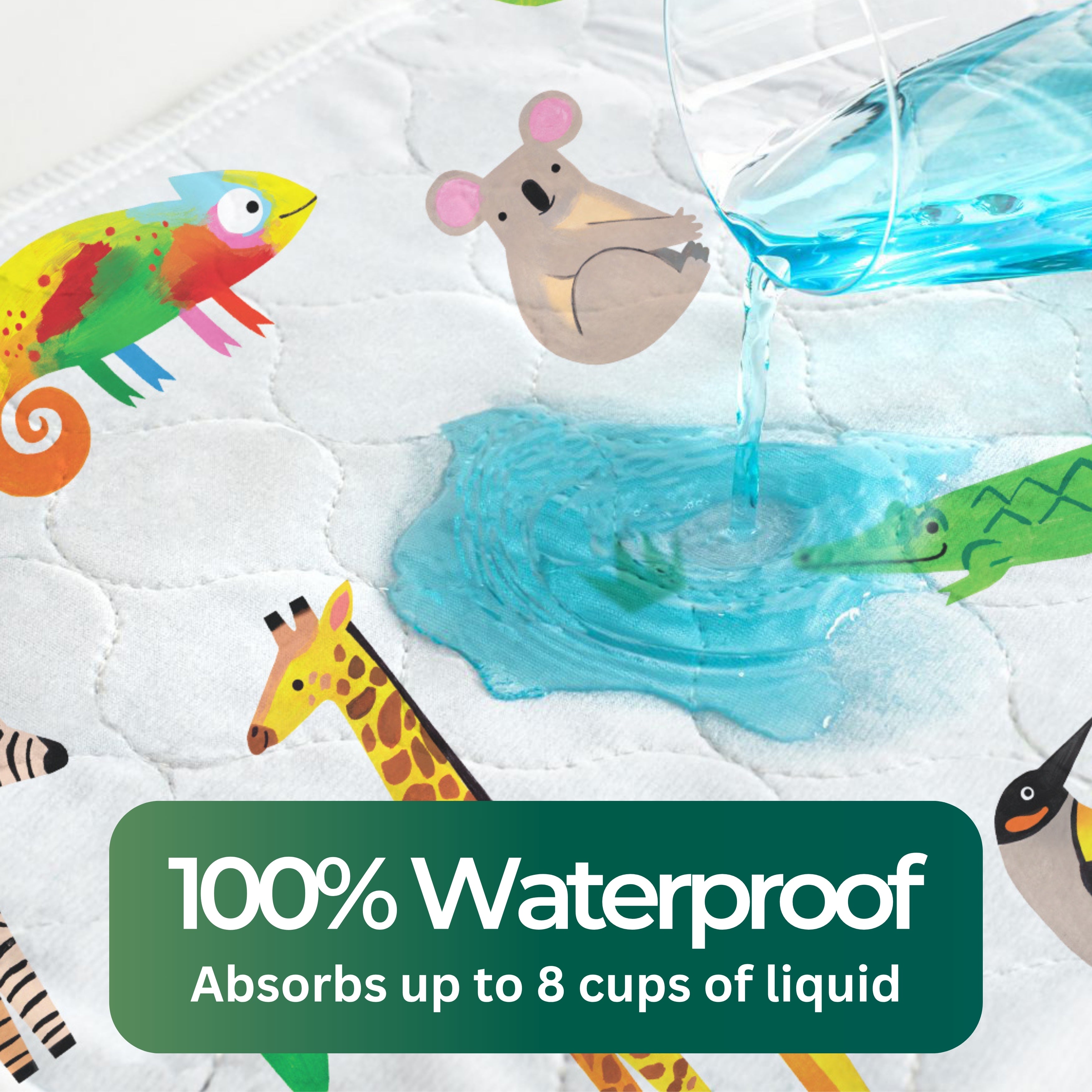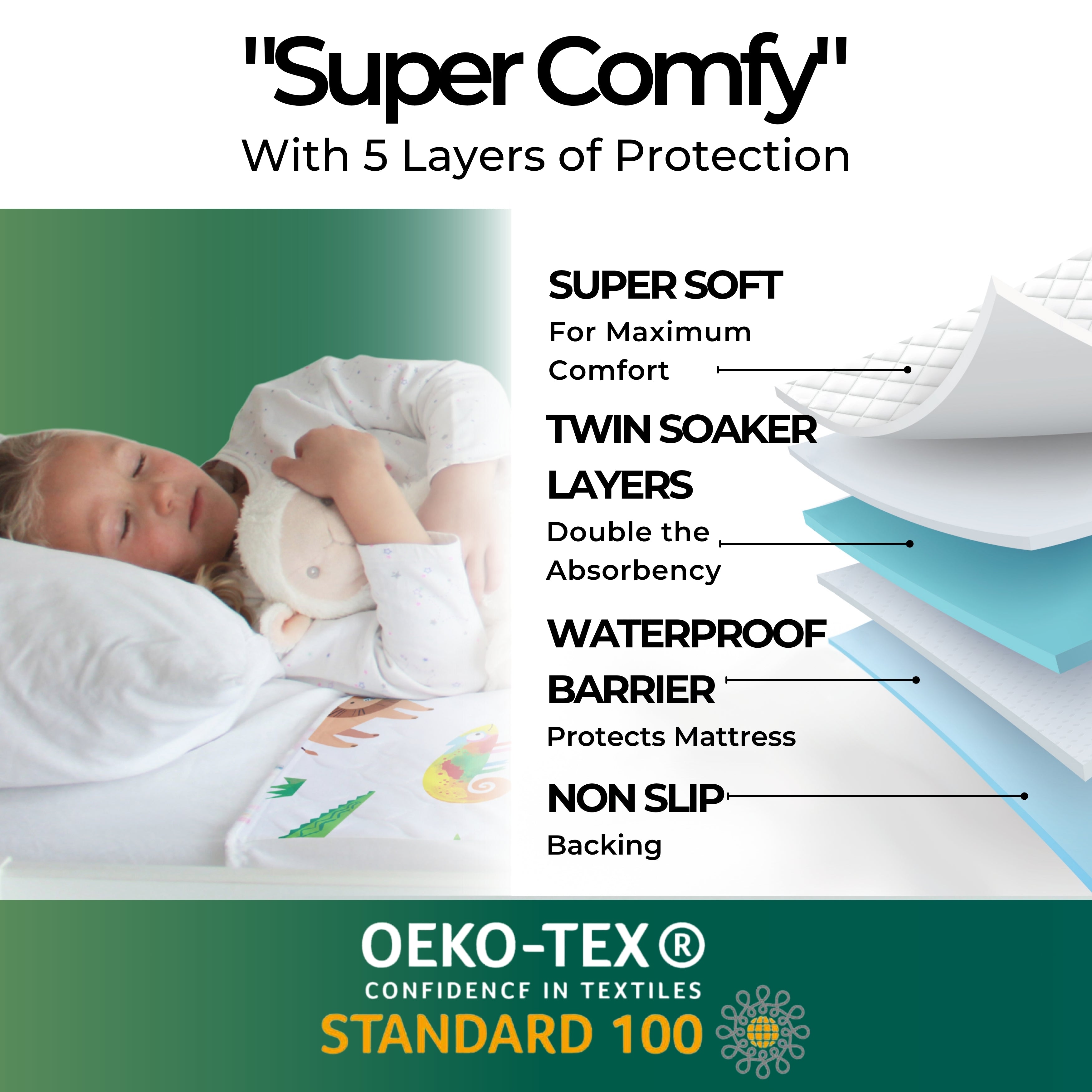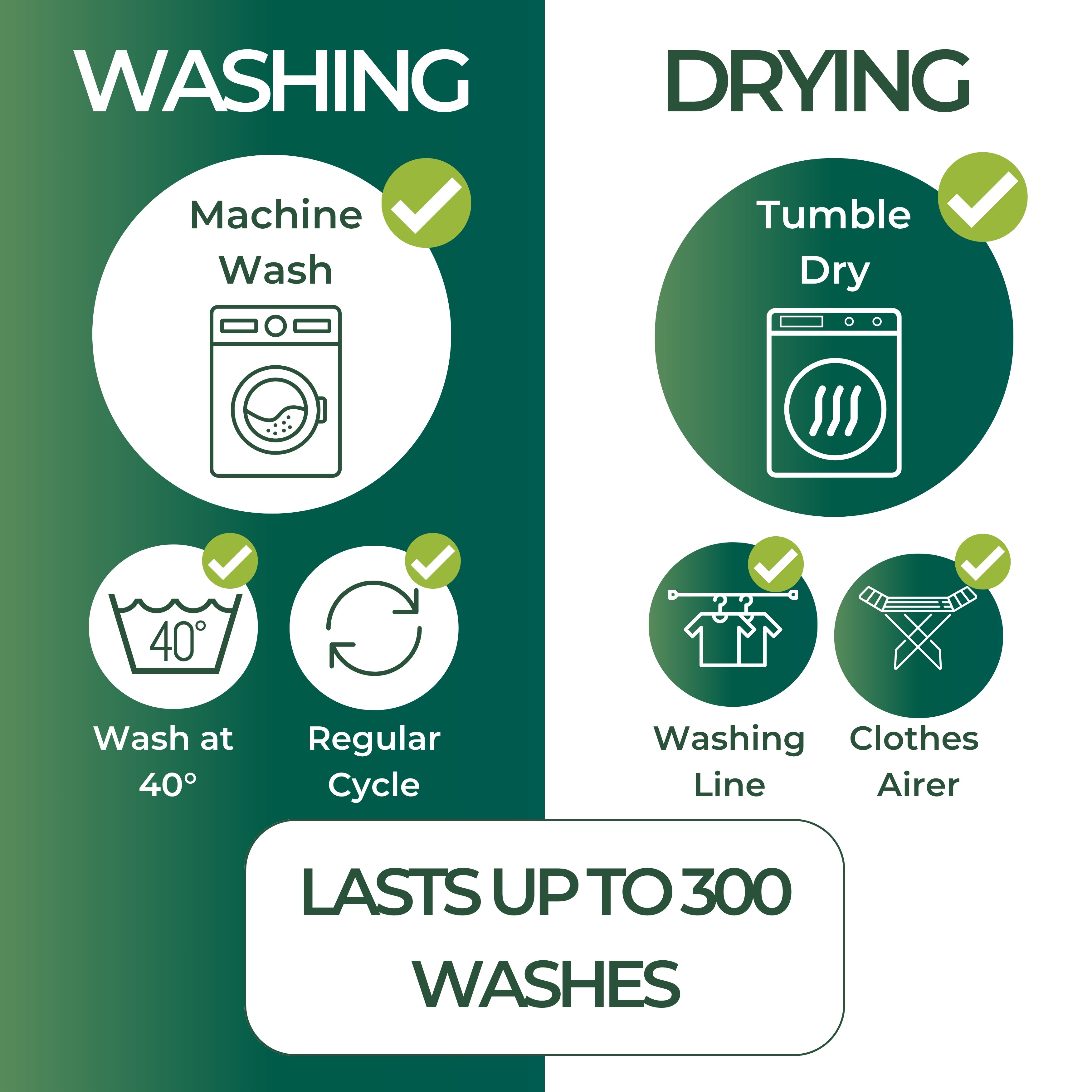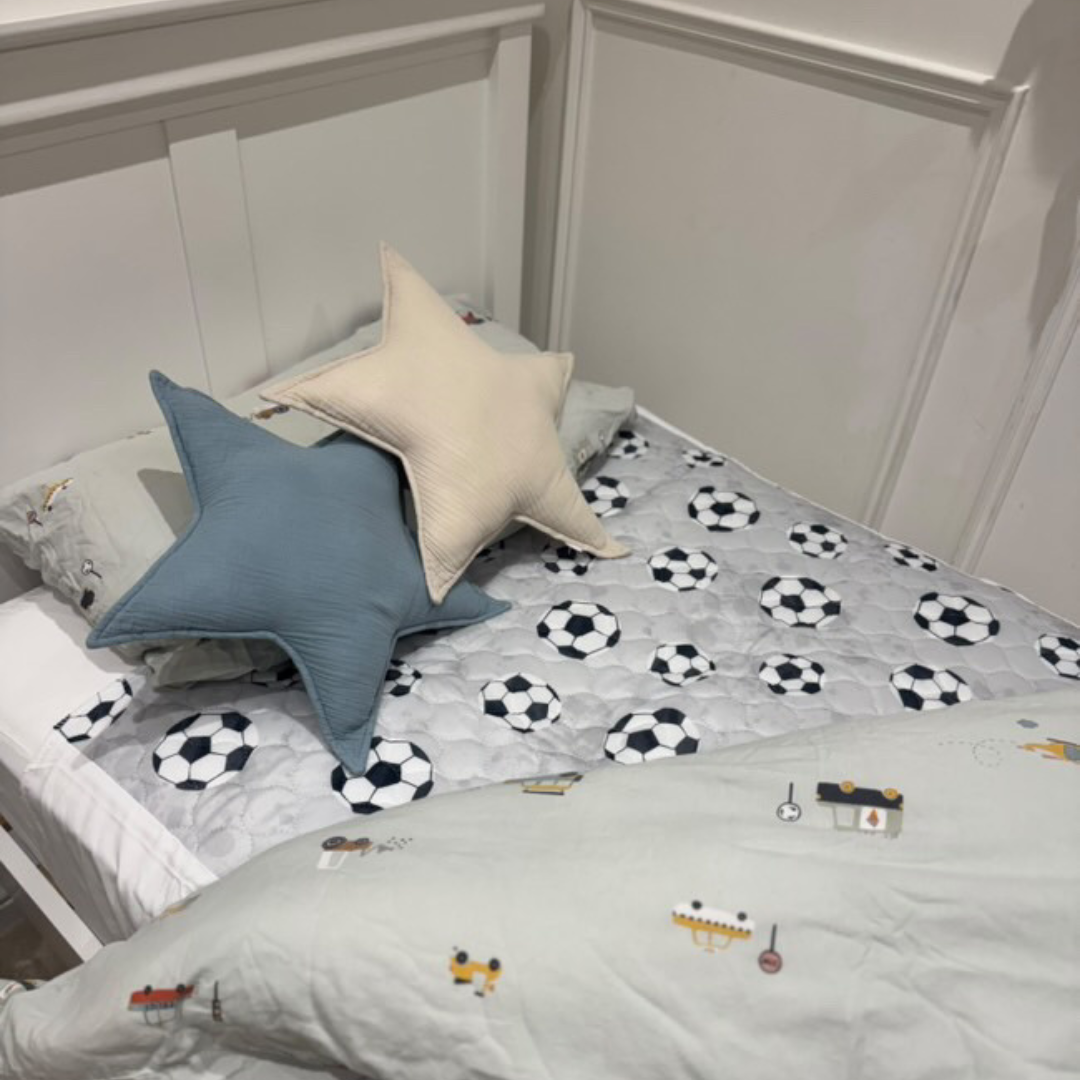Bedwetting is a common part of childhood, but when it returns after a long period of dryness, it can be both confusing and concerning. This condition, known as Secondary Enuresis, affects many children and can have various underlying causes. As a mum, understanding what Secondary Enuresis is, why it happens, and how to manage it can help ease your worries and support your child through this phase.
What is Secondary Enuresis?
Secondary Enuresis refers to bedwetting in children who have previously stayed dry at night for at least six months. Unlike Primary Enuresis, where a child has never consistently stayed dry at night (also called Primary Nocturnal Enuresis), Secondary Enuresis develops after a period of dryness.
If your child is experiencing Secondary Enuresis, consider using Hygge Sheets waterproof bed wetting mats. These 100% waterproof sheets protect the mattress and come in fun designs that kids will love!
Recognising Secondary Enuresis
For mums, spotting the signs of Secondary Enuresis is key. If your child has been consistently dry at night for at least six months but suddenly starts wetting the bed again, it may be Secondary Enuresis. Identifying whether your child’s bedwetting is Primary or Secondary can help in choosing the right approach to manage it.
Understanding the Causes
Secondary Enuresis can be triggered by various physical and emotional factors, including:
- Medical conditions – Urinary tract infections, constipation, diabetes, hormonal imbalances, or neurological issues can contribute to bedwetting.
- Stress or life changes – Big transitions such as starting school, a new sibling, moving house, or even changes in routine can trigger nighttime accidents.
- Sleep patterns – Deep sleepers may not wake up when they need to urinate, making it harder to stay dry at night.
Seeking Nocturnal Enuresis Treatment
Addressing Secondary Enuresis starts with understanding the cause. Speaking with your child’s healthcare provider is the best way to determine the underlying issue and explore nocturnal enuresis treatment options. There are also practical steps you can take at home to manage the situation effectively.
Tips for Managing Secondary Enuresis
While resolving the root cause is important, there are several ways to help your child stay dry at night:
- Maintain a routine – A consistent bedtime routine can help regulate sleep and improve bladder control.
- Limit fluid intake before bed – Encourage drinking fluids earlier in the day while reducing intake before bedtime.
- Use a bedwetting alarm – A bedwetting alarm can help train your child to wake up when they start to urinate, making nighttime potty training easier.
- Provide emotional support – Bedwetting can be frustrating for children, so reassurance and encouragement are key to boosting their confidence.
- Stay patient and positive – Most children outgrow Secondary Enuresis with time, support, and the right strategies.
Conclusion: Helping Your Child Through Secondary Enuresis
While Secondary Enuresis can be challenging, it’s a common part of many children’s development. By recognising the signs, understanding the causes, and implementing effective management techniques, you can support your child through nighttime potty training with confidence.
For extra peace of mind, consider using Hygge Sheets waterproof bed wetting sheets and a bedwetting alarm to make the process smoother for both you and your child.
With the right support, your little one will be dry through the night in no time!
Take care,
Catherine x

